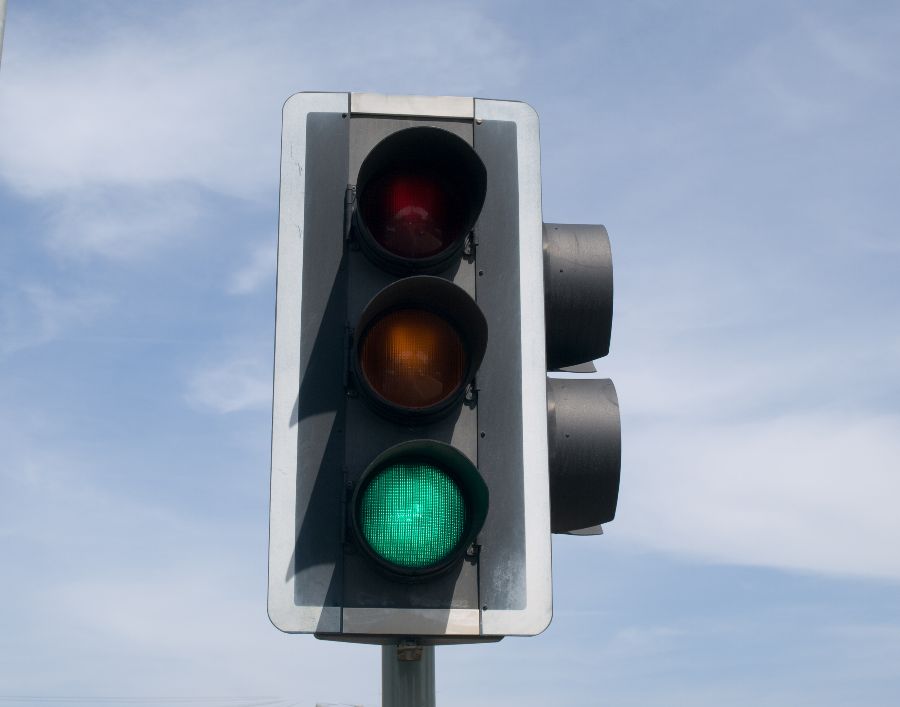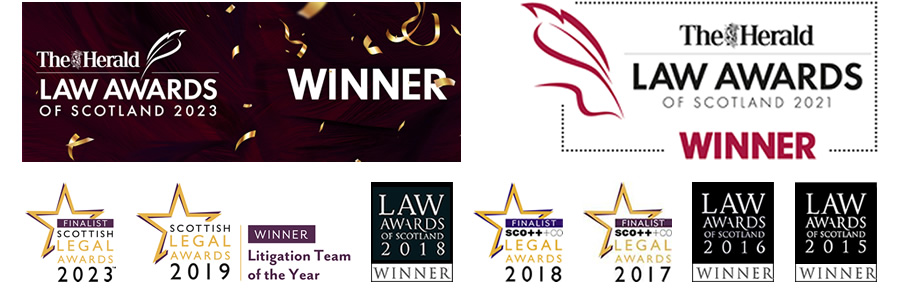
Road traffic accidents: who’s at fault?

Car accidents are sadly all too common. Perhaps because they arise from an activity so many of us do every day, it can sometimes be easy to identify which road user would be deemed at fault for a car accident. For example, in a rear end shunt, it will invariably be the driver of the car behind who will be considered to blame. In many cases, assessing the question of fault is not unduly complex.
Similarly, when an accident involves a pedestrian being struck by a vehicle, it can be easy to presume that the driver of the vehicle will be deemed at fault. However, there are some cases which involve apparently straightforward circumstances but which in fact require extensive investigation and analysis of the accident circumstances, including by accident reconstruction experts. Stephen Irvine, a partner in our personal injury team, considers the judgment of the High Court in England and Wales in 2023 in one such case.
A road traffic accident case review: FLR vs Chandran
The pedestrian who was injured was 12 years old at the time. On a dark, rainy morning in January 2018, she was on her way to school. She required to cross a road at a controlled pedestrian crossing which was located near to two bus stops where schoolchildren had been waiting. After she stepped on to the carriageway of the road, she was hit by a car. She suffered serious injuries.
At the time the child stepped on to the carriageway, the traffic lights for vehicles were showing green.
Having considered all the evidence, including evidence from two road traffic reconstruction experts, the court found the following facts proved:
- The traffic signal at the crossing had shown a green light for vehicles for 8 seconds before the impact.
- It was an agreed and accepted fact that the speed of the car had been 28mph. The speed limit was 30mph.
- The child was stationary on the pavement at the crossing for approximately 2.3 seconds.
- She started to move at 0.7 seconds before impact.
- She was on the carriageway for 0.4 seconds before impact.
- At the point of stepping on to the carriageway, the vehicle was 5m away from her. The child “froze” on seeing the approaching vehicle.
- That the driver had swerved the car immediately before impact.
- The driver could have seen the child from a distance of 30m as she approached the crossing.
The driver maintained that she had driven reasonably safely. She had been driving within the speed limit and had not felt unsafe while driving. She had been aware in her peripheral vision of some children near a bus stop on the opposite side of the road but had not seen children on this side and not been aware of this particular child. She only became aware of something untoward when there was a “thud” on the car. She maintained there was nothing she could reasonably have done to avoid the impact.
At first glance, it is easy to see why the driver disputed that she was to any extent to blame. The distances and timeframes found established by the court might be thought to demonstrate she had insufficient time to avoid a collision.
However, the court looked beyond the fine detail of the moments before impact and looked at the bigger picture. The court looked at the whole circumstances the driver faced as she approached the scene.
The court found the evidence of the driver to be unsatisfactory. The court was critical of her reasons for her view that she had been driving safely.
Firstly, merely driving within the speed limit did not always mean reasonable care was being taken. The court reiterated the speed limit was a maximum permissible speed and there can be many circumstances which require a driver to reduce the speed. As the court put it, “The maximum speed limit is not a target or an infallibly safe measure. It is an absolute upper limit, only justified if the conditions and the road situation are sufficiently good to permit it.”
Secondly, the driver’s reliance on the fact that she herself felt safe was misguided. This was not the correct focus a driver should have. She failed to give adequate consideration to the safety of other road users, particularly children who, as stated in the Highway Cide, are among the “most vulnerable road users” requiring extra care.
Having considered all the evidence, the court concluded that the speed should have been reduced because of: the dark and rainy conditions; the fact that she was approaching two bus stops; the presence of a pedestrian crossing; and that she had seen at least some children in the vicinity. The court concluded that the reasonable speed in the circumstances was approximately 20mph.
The court therefore found that, although the driver had not seen this particular child, she should have.
The court then went on to consider the difference in outcome if the speed had been 20mph. The driver would have been able to see this particular child from a distance of about 30m. In any event, the slower speed would have allowed a greater distance and time for the child to have moved away from danger and, in any event, for the driver to avoid the impact.
The court held the driver had been negligent and, indeed, apportioned the majority of the blame to the driver.
Road traffic accidents: points to bear in mind
While no two car accident cases involve the same facts, this case illustrates a few points which are important to keep in mind. Some of the basic circumstances would not obviously indicate fault. The traffic signal at the crossing was green and she was driving within the speed limit. Some may think it unnecessary for a court to point out that the speed limit is a maximum, rather than a target, but this case is one where the court felt it was essential to reiterate that point. In addition, although experts can provide important and useful evidence about the fine detail of time frames, distances and reaction times at the moment of impact, the courts will still look beyond that data to the wider circumstances which a driver encountered in assessing whether they drove with reasonable care.
Email Stephen Irvine
Call our personal injury claims team free on 0808 560 0872
Arrange a callback by using our enquiry form
Share this page
- Personal injury claims
- Our personal injury team
- How to make a personal injury compensation claim
- How to choose a personal injury solicitor
- Claim now
- Personal injury claim calculator
- How claims are valued
- Frequently asked questions
- Types of personal injury claim
- How to sue someone in the Scottish courts
- Recent successes
- Testimonials
- Injury Compensation Alliance

